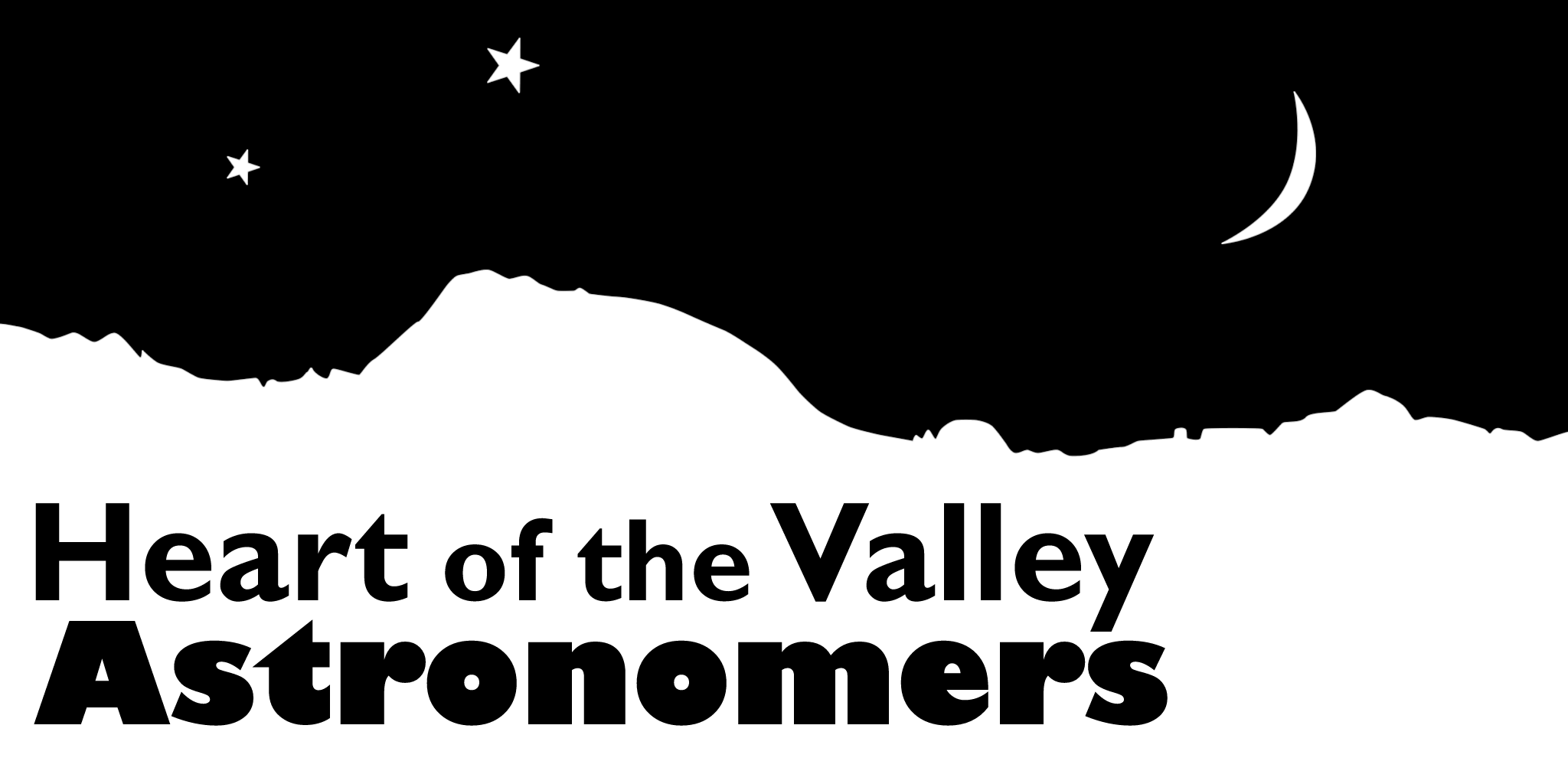Send questions to Heart of the Valley Astronomers
Asteroids are by far the most numerous inhabitant of our solar system, with thousands being large enough for astronomers to photograph. They may not have the visual glamour of comets, but asteroids give us their own sights and enable us to study the basic makeup of our own world. They’re classified in two main categories. Belt asteroids lie in the asteroid belt between Mars and Jupiter. And the earth-crossing (or Apollo/Amor/Atens) asteroids that have elliptical orbits which cross the Earth’s path through space. Made of stone or nickel-iron, these bodies often interact with each other, leading to some interesting effects. For one thing asteroids can crash into each other. Many asteroids also end up orbiting each other in pairs, offering one of the more unusual sights in the solar system.

Ida and Dactyl, a pair of asteroids
When astronomers look at an asteroid they are often looking at something that has existed in an unaltered form since the beginning of the Solar System. Indeed they would have begun forming the core of a planet had it not been for the disruptive gravity of other planets such as Mars and Jupiter. Hence the study of these object affords an opportunity to get a good idea of what planets such as ours were comprised of in the beginning of it’s life – and what exists in them today. If you want to know what the material of the Earth’s core is like, you don’t try to get a sample of it. You study a nearby asteroid, which is what NASA is doing with its NEAR spaceprobe. One interesting phenomenon involves asteroids of nickel-iron content. Occasionally we’ll get pieces of them on Earth. A polishing and etching will reveal a beautiful crystalline structure found only on nickel-iron crystals that have cooled over many millions of years.

Crystalline Structure Revealed
There are asteroids visible with binoculars or small telescsopes. The brightest – Ceres, was discovered by the Italian astronomer Piazzi on New Years Day, 1801. Ceres is in the main asteroid belt and is about 910 km in diameter. With a medium size telescope and high power, the disc can be made out.
